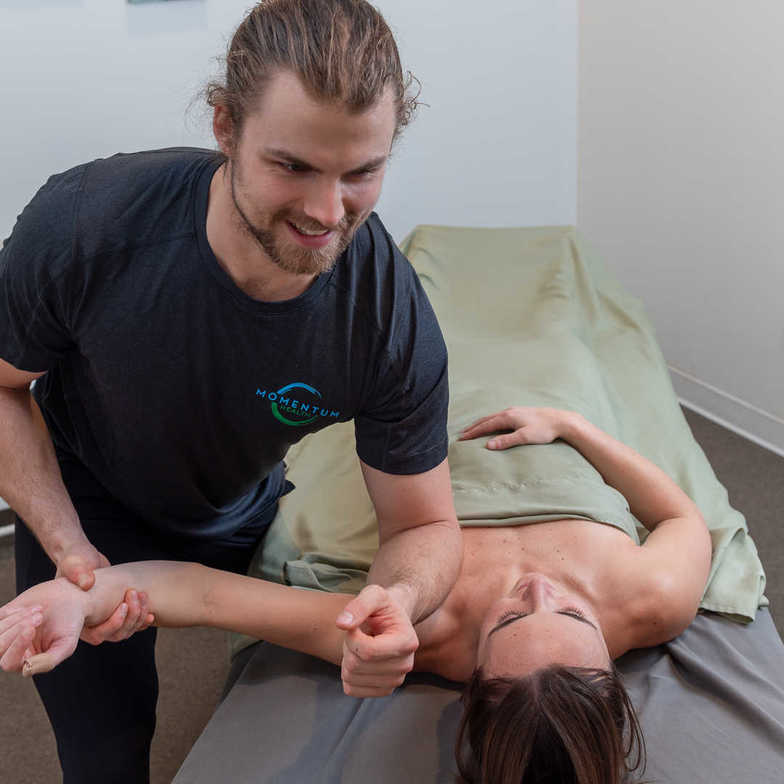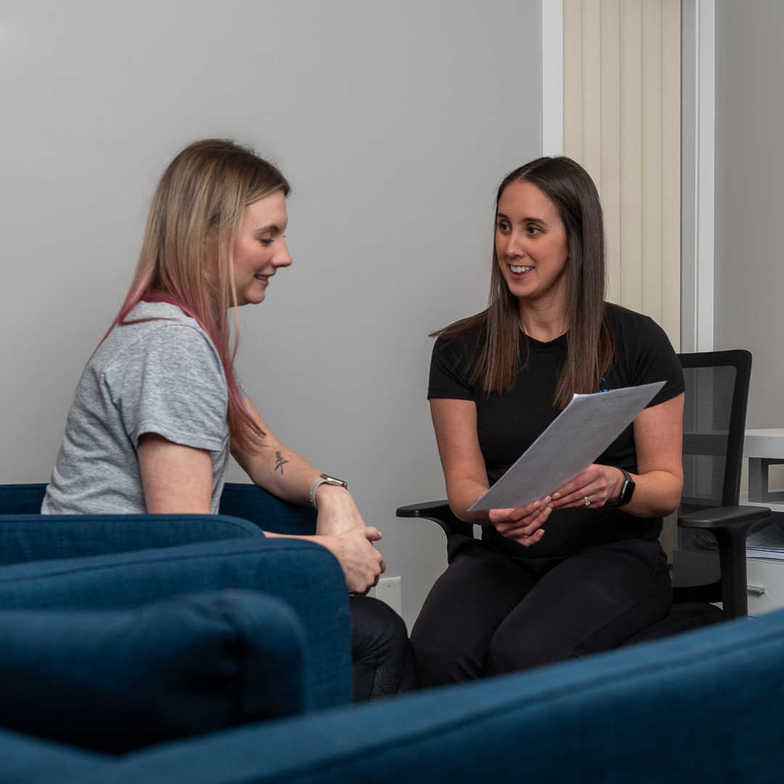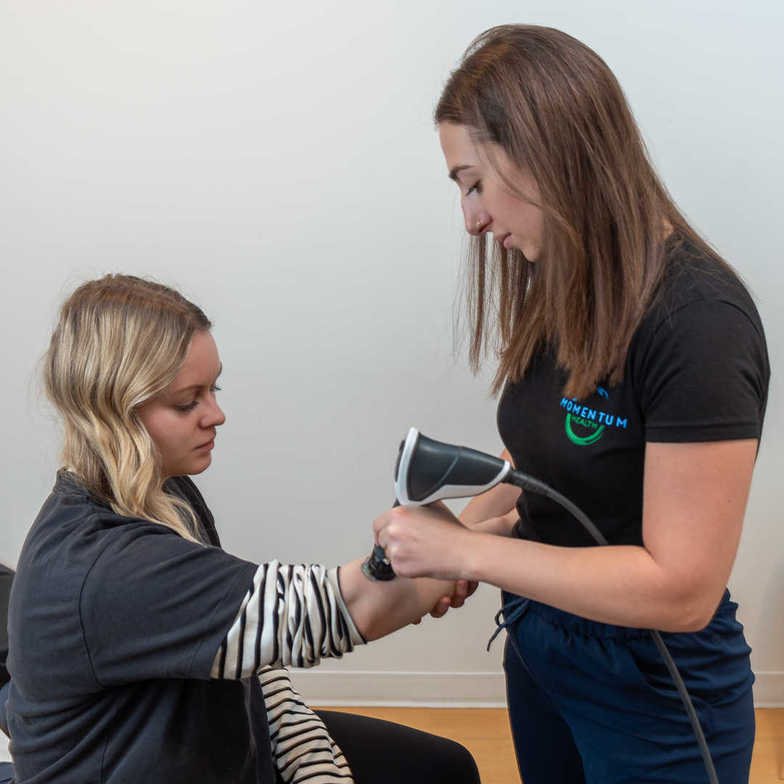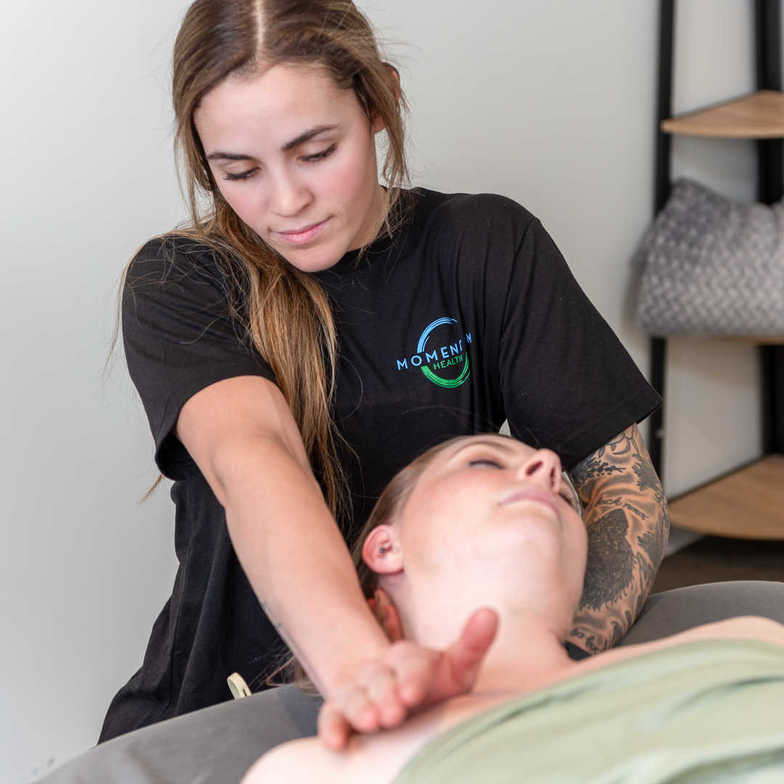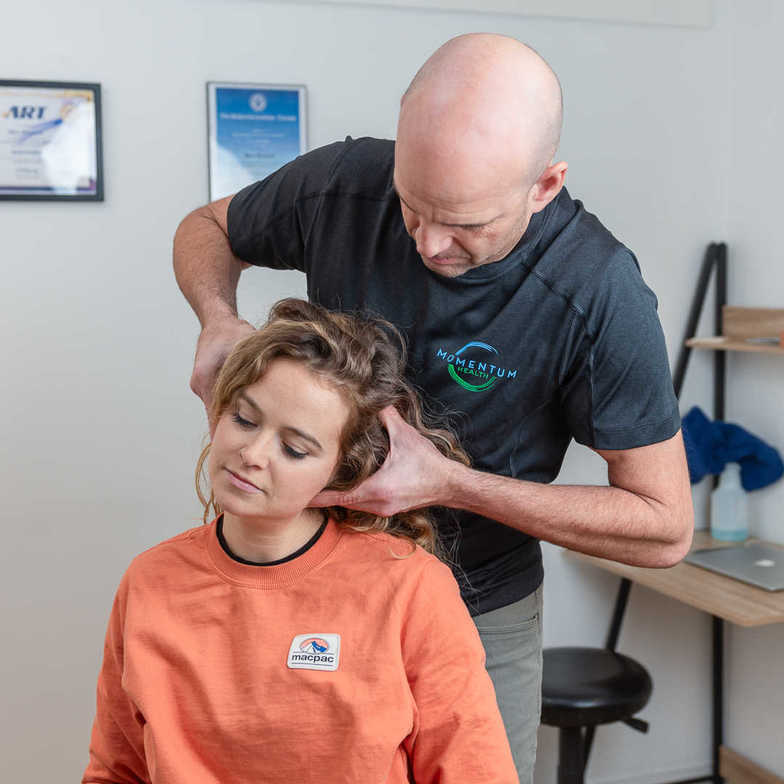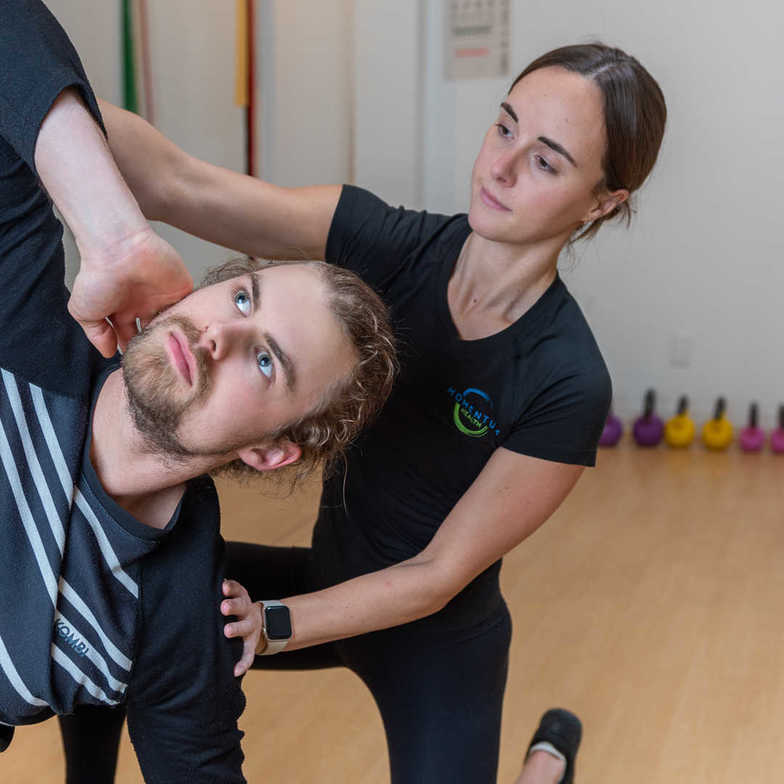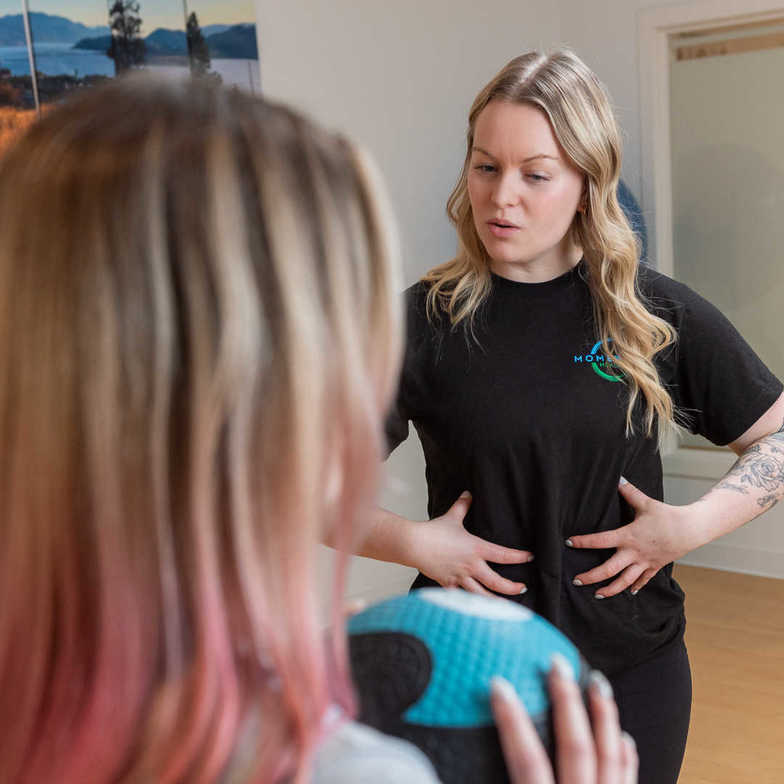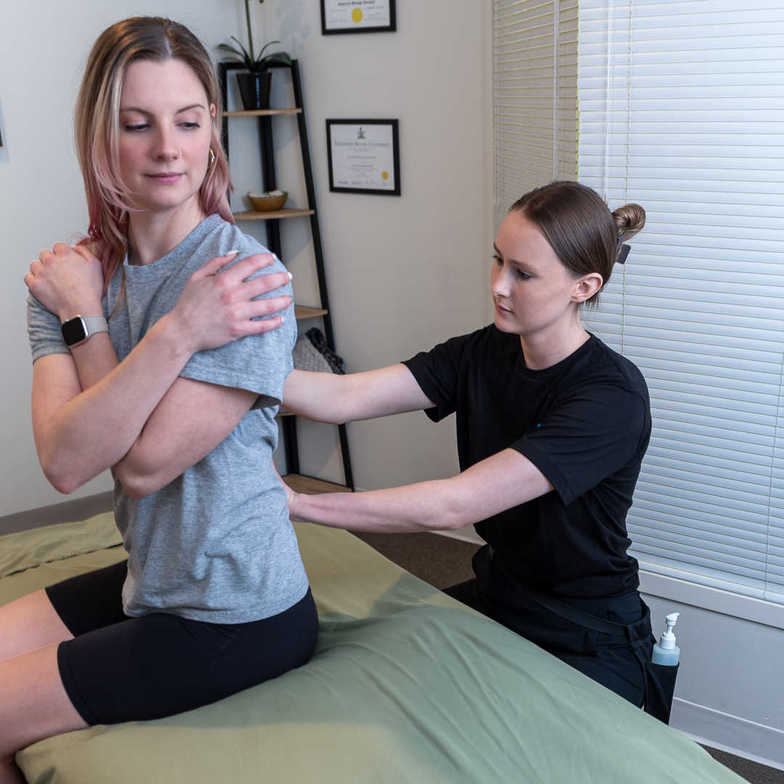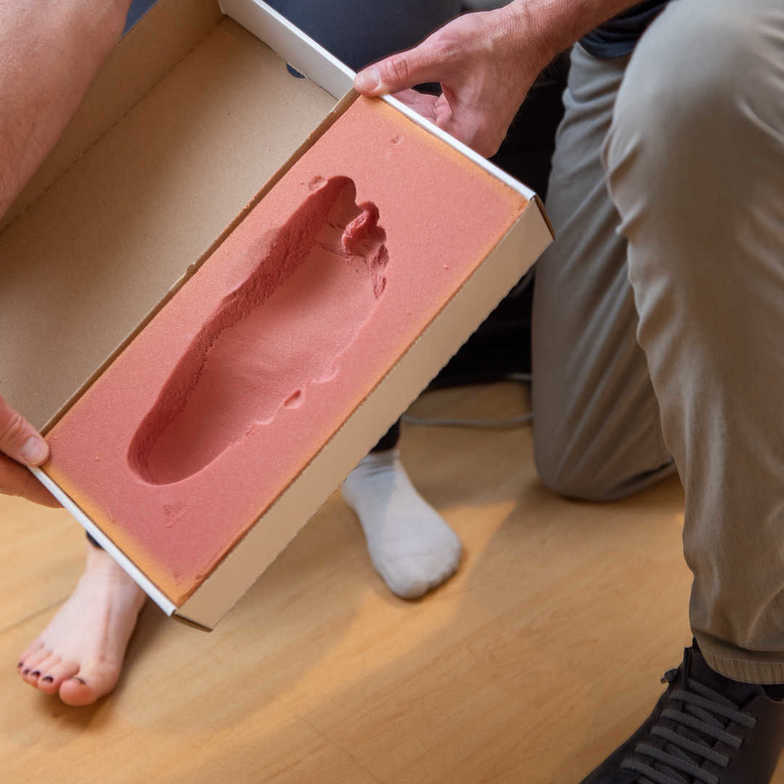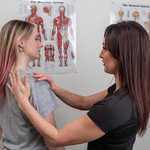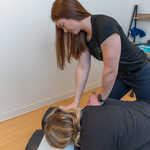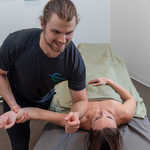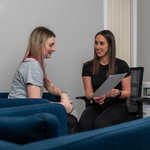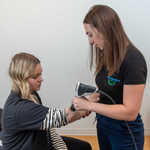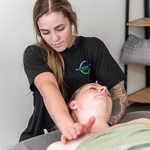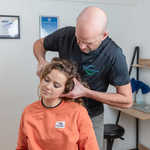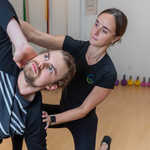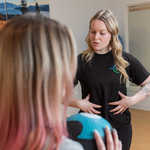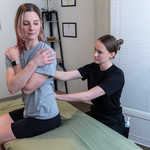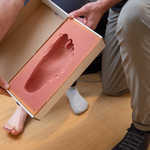Welcome to Momentum Health
Est. 2015
Established in 2015, Momentum Kelowna embodies an integrative approach to healthcare, centrally located in Kelowna’s vibrant downtown. Our clinic serves as a hub of multidisciplinary expertise, offering a diverse range of treatment modalities. Rooted in the philosophy of comprehensive care, we are committed to addressing the complete needs of our patients within our welcoming space.
At Momentum Kelowna, our integrative approach is deeply personalized. Through meticulous assessment and diagnosis, we develop tailored treatment plans that encompass specific care, lifestyle modifications, and active rehabilitation. We're dedicated to not just alleviating symptoms but empowering individuals to achieve lasting health and vitality.
Collaboration is the cornerstone of our practice. Our team of practitioners, comprising Chiropractors, Registered Massage Therapists, a Naturopathic Doctor, Counsellors, and a Kinesiologist, work in harmony to craft optimal treatment strategies that resonate with each patient's unique requirements.
What sets us apart is our practitioners' exceptional background. Each member of our team is committed to lifelong learning, consistently pursuing postgraduate education to stay at the forefront of their respective field. Not only are our practitioners dedicated professionals, but they are also avid athletes who share a passion for the Okanagan lifestyle. This unique blend of expertise and first hand knowledge enables them to deeply understand and cater to the diverse needs of our community.
Whether you're recovering from an injury or seeking to optimize your performance, Momentum Health is dedicated to supporting you on your journey to well-being. Come experience the difference that our integrative approach and athlete-driven care can make in your life.
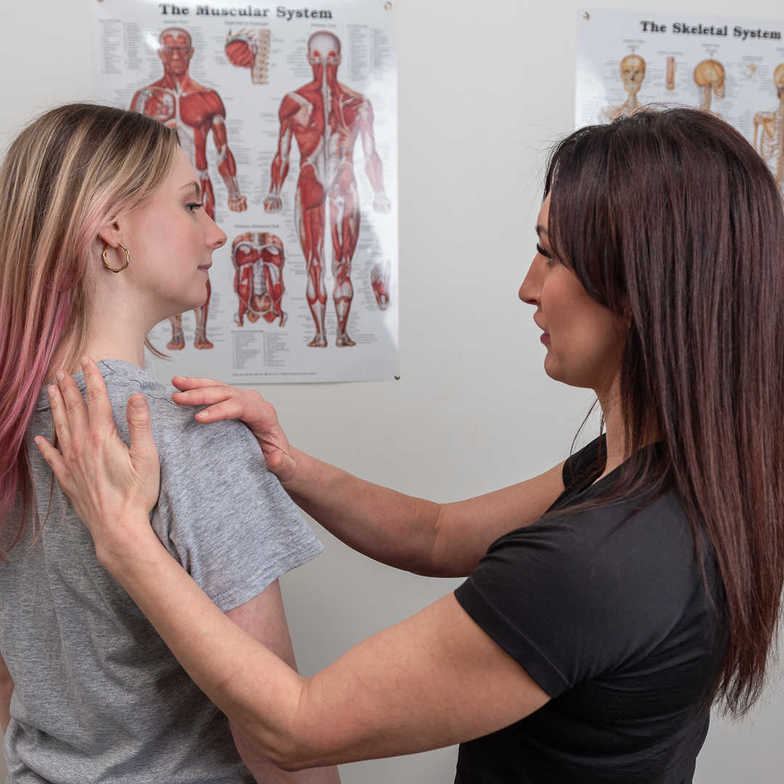
.jpg)
